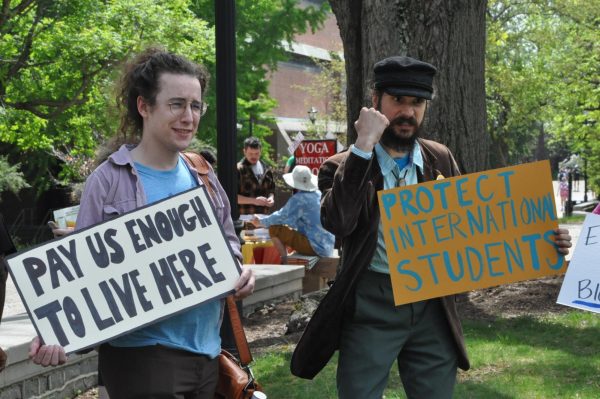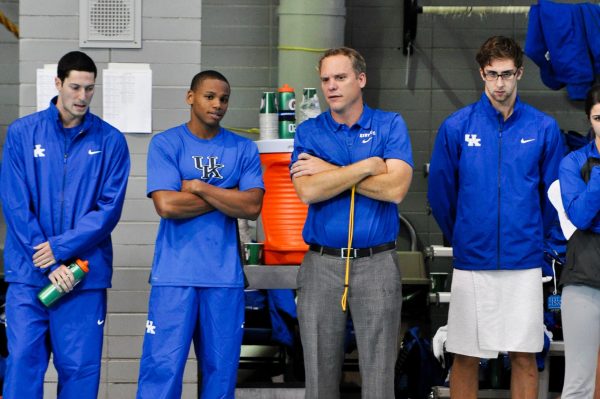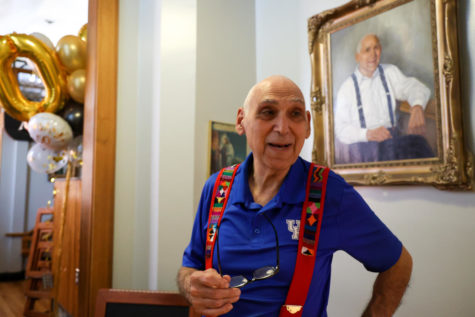Morgan statue a roadblock in Lexington’s progress
September 24, 2015
American history is something to be proud of, especially one’s home-state history; history is something that ties us all together and gives us ways to overcome future disagreements. While we can continue to be proud of our history, we must not push the controversial parts of the past down everyone’s throats.
One of the controversial parts of Kentucky history is the legacy of John Hunt Morgan, an early settler of Lexington who attended Transylvania College for two years.
In downtown Lexington — in front of the old courthouse — currently stands the statue of Morgan fully dressed in his Confederate garb. Morgan rose to the rank of Brigadier General in the Confederate army before he was shot and killed by a Union soldier, according to the website of Civil War Trust, a non-profit dedicated to preserving the history of the Civil War and its battlefields. The controversy of the Confederate flag that flew outside the South Carolina state Capitol has increased conversation about the racist symbolism of Confederate imagery and spawned attempts to remove the imagery from public places. And yet Lexington continues to have a confederate general on our main street arguably condoning what the confederacy stood for.
The Morgan statue, which stands on public office grounds, and the Confederate flag outside the South Carolina Capitol have slight differences. If Morgan was as popular and influential as the Confederate flag, the statue would have been taken down by now.
Even though the Morgan statue has not raised as much controversy as a Confederate flag would, the words “Black Lives Matter” appeared, spray-painted on its base as a forward hit that this is a city of equality and should be showcased as such.
This past Monday the Urban County Arts Review Board heard opinions on how to display downtown statues that honor Confederate heroes of the Civil War, according to a story by the Lexington Herald-Leader. There is also a statue of John C. Breckinridge — Kentucky native who was the final Confederate secretary of war in 1865 — and a historical marker that gives information about the history of the downtown location of what used to be the Cheapside Auction Block. The Arts Review Board will meet again to decide the recommendations they will make to the mayor and council on Sept. 30.
There is a way to acknowledge Kentucky history, without sending mixed signals and offending American citizens.
For the black taxpayers in Lexington, who are funding where the statue stands, it is offensive. Many Lexingtonians believe that the statue should stay as is, because of the part of history that it holds. However, having a statue on Main Street that reflects a hero of the Confederacy dissuades Lexingtonians from coming together as one, unified community.
Lexington takes pride in its appearance, since we are home to the prestigious Big Blue Nation, so why has the statue remained? It is 2015, and with a culture that finally accepts same-sex marriage, it is time to create a safe and healthy environment for all who call Lexington home.






















































































































































